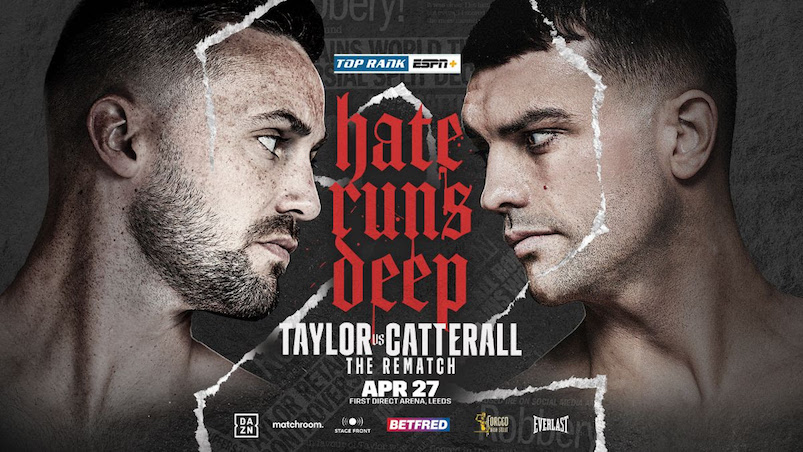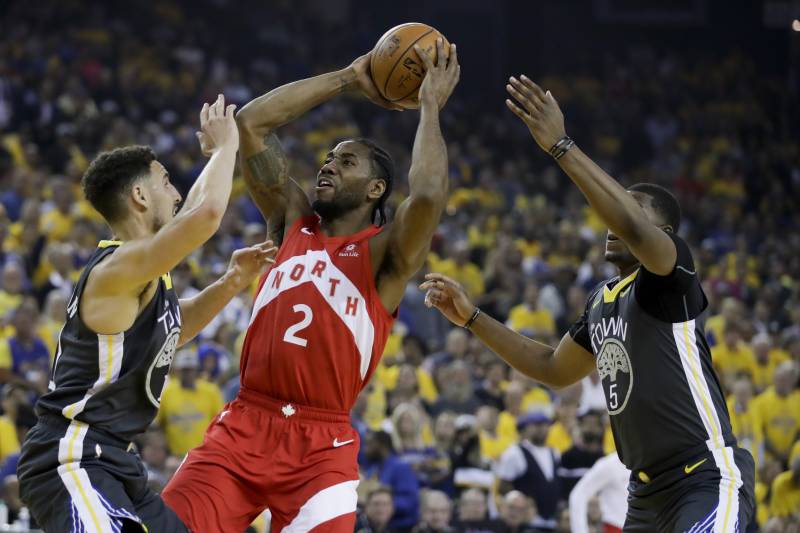There’s a popular strain of basketball thought that attempts to assess whether certain players could be the best player on a team that wins the NBA championship, or the second best or third best player, or a starter, or in the rotation. If you can’t imagine a world in which said player fits the appropriate role that his salary and status demand, then that’s not a good use of resources.
This has always been a flawed way to look at team-building and at players.
Teams are ecosystems and players can evolve. Certain players have very different contexts alongside lethal deep shooters compared to driving foul-drawers. Certain players can look like a rotational piece on a low-defense, high-offense team, and look indispensable when the defense gets better. We’ve seen this in Golden State, where Draymond Green has been dubbed a “situational superstar” much more valuable to the Warriors than he would be on most teams without elite shooters and a coach unafraid to ditch the centers.
Let’s get to the meat here. Pascal Siakam averaged 7.3 points, 4.5 rebounds, and 2 assists while starting just five games last season. Imagine trying to claim at that point that Siakam would be the second best player on a championship-level team not just in the future, but in the following season. You’d be laughed off the planet!
Siakam wouldn’t be the second best player on the Warriors, or a few other teams (Sixers, Thunder, Pelicans). But he’s absolutely vital to the Raptors, and has been all season long. And the Raptors are one win away from the NBA championship. So it looks like Siakam, last summer, coming off of a season in which he wasn’t even invited to the Rising Stars Challenge as a second-year player, was indeed good enough to be the second best player on a championship team. Immediately.
Champions aren’t built by blueprint. The Warriors proved that, actually: that 2015 championship team was absolutely bizarre and few believed they were capable of winning it all until they did it, even as they wrecked the league. (Look at the comments on this piece I wrote in January 2015 about the dynasty prospects of the team. And yes, that’s a humblebrag that I suggested a potential Warriors dynasty before their first title.) The 2014 champion Spurs were quite odd, as well, centered on a mix of old former stars playing out the string and young blood personified in Kawhi Leonard. The Lakers, Heat, and Cavaliers teams of the past decade are a bit more normal: put some All-Stars together, watch the magic.
The non-blueprint title team most like these Raptors are the 2011 Dallas Mavericks, and not because they are a shock to the system. Those Mavericks were centered on one pure superstar with really smart, really hardworking, really tough defenders and playmakers around him. That describes these Raptors to a tee: Leonard is otherworldly, Siakam, Kyle Lowry, Danny Green, Fred VanVleet, Marc Gasol, and Serge Ibaka are all brilliant, strong, and tireless. (A coach willing to try unconventional methods helps, too.)
In some ways, Masai Ujiri’s blueprint for the Raptors looks traditional: he traded for the best player available on the market. Having a top-5 player is usually a requirement for winning a championship. The Raptors didn’t have one before. After the Kawhi trade, they did. Pretty basic.
But there’s a reason just nabbing Kawhi didn’t make Toronto anything like favorites to win the title: the rest of the supporting cast didn’t look like the supporting cast of a title team. Being in the context of Kawhi’s presence and growing into roles and talent changed that.
Siakam turned into a near All-Star and the Most Improved Player over the previous summer. Lowryturned into a Kiddian playmaker and coach on the floor. Danny Green re-entered his proper context (defender and gunner for an outside-in team). Ibaka refused to stop trying to build a strong team culture and make an impact wherever he was in the rotation. The Raptors Bench faith was decimated, but VanVleet kept the faith alive. Ujiri added Marc Gasol, whose very Gasolian nature has made the Raptors offense prettier and the defense more stout. Nurse and the Raptors staff figured out how to build trust with Kawhi’s camp, keep him healthy, and innovate on the talent they had.
These Raptors, assuming they win one of the next three games to finish the NBA Finals with a trophy, prove there’s not just one way to build a championship team. Toronto’s success suggests we ought to keep an open mind and put some faith in the smartest general managers to know what they are doing.



